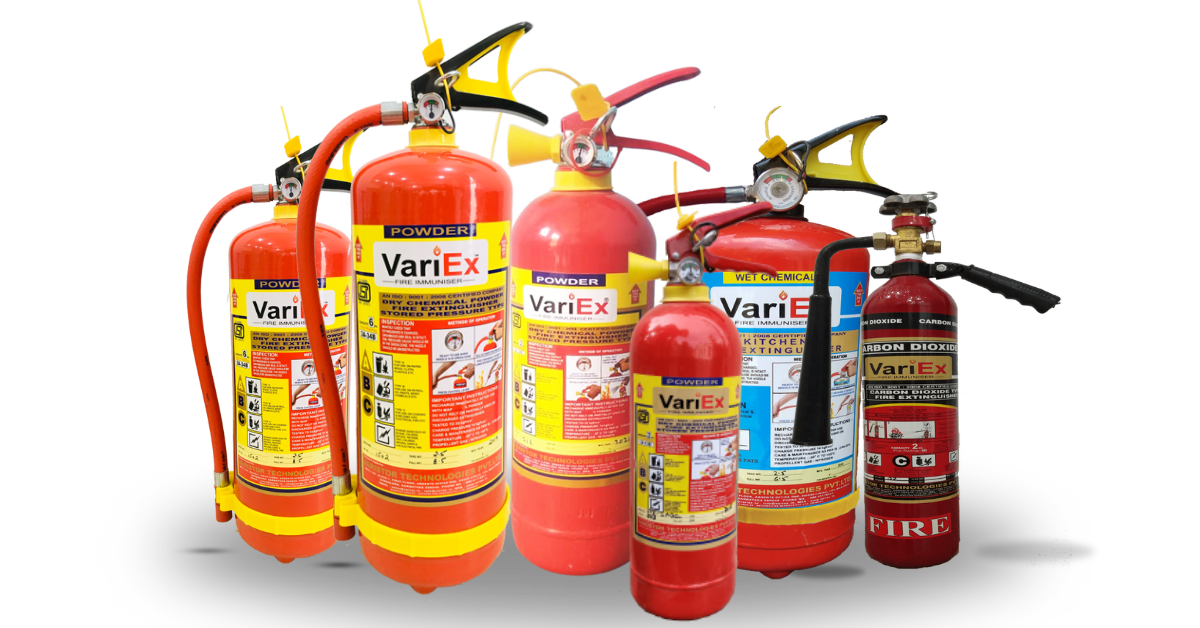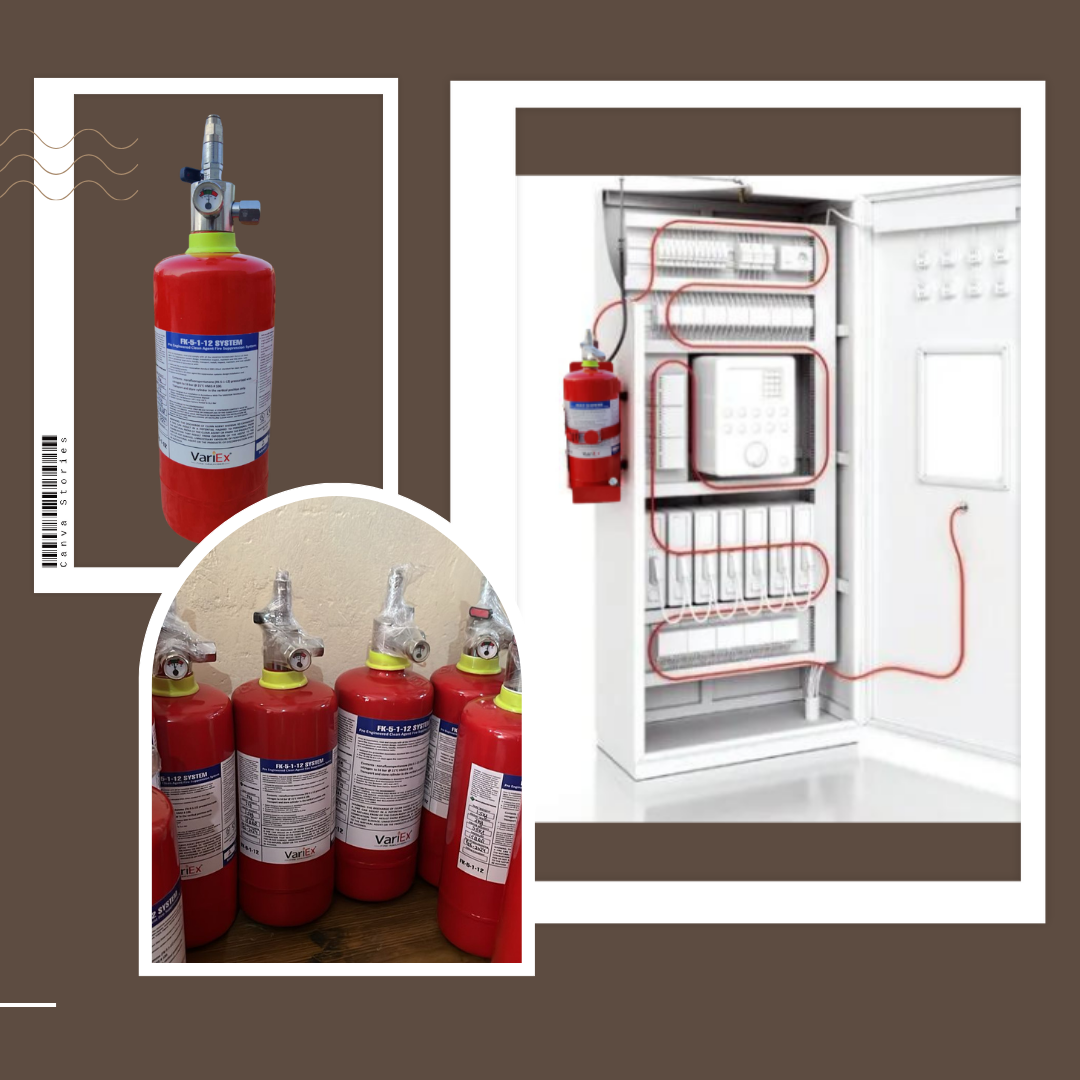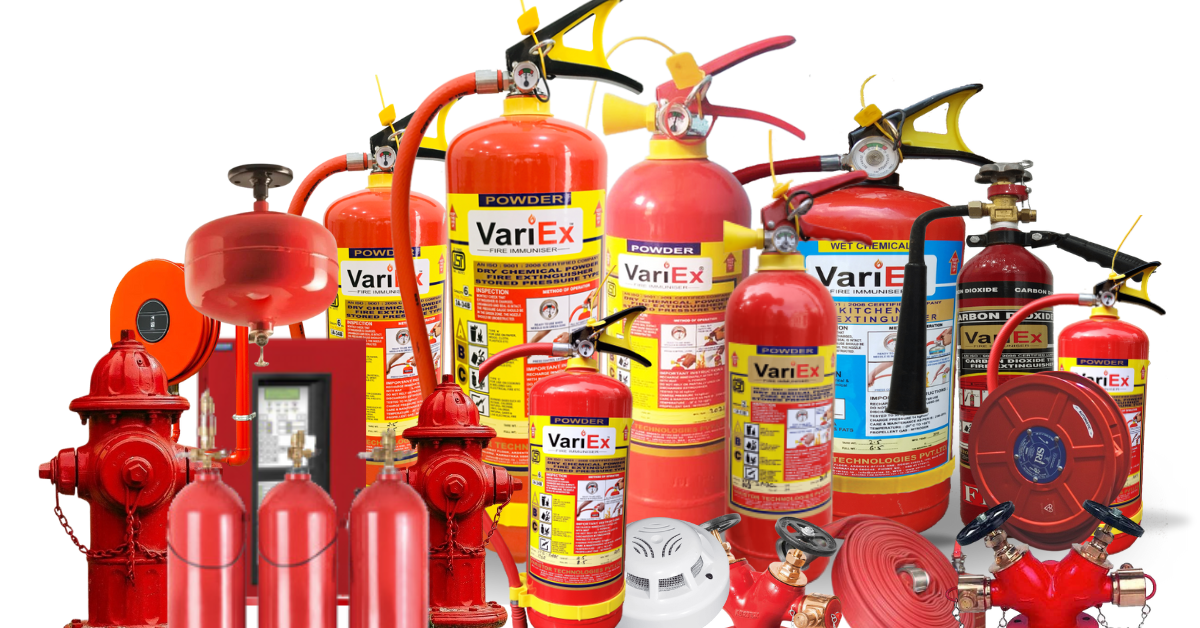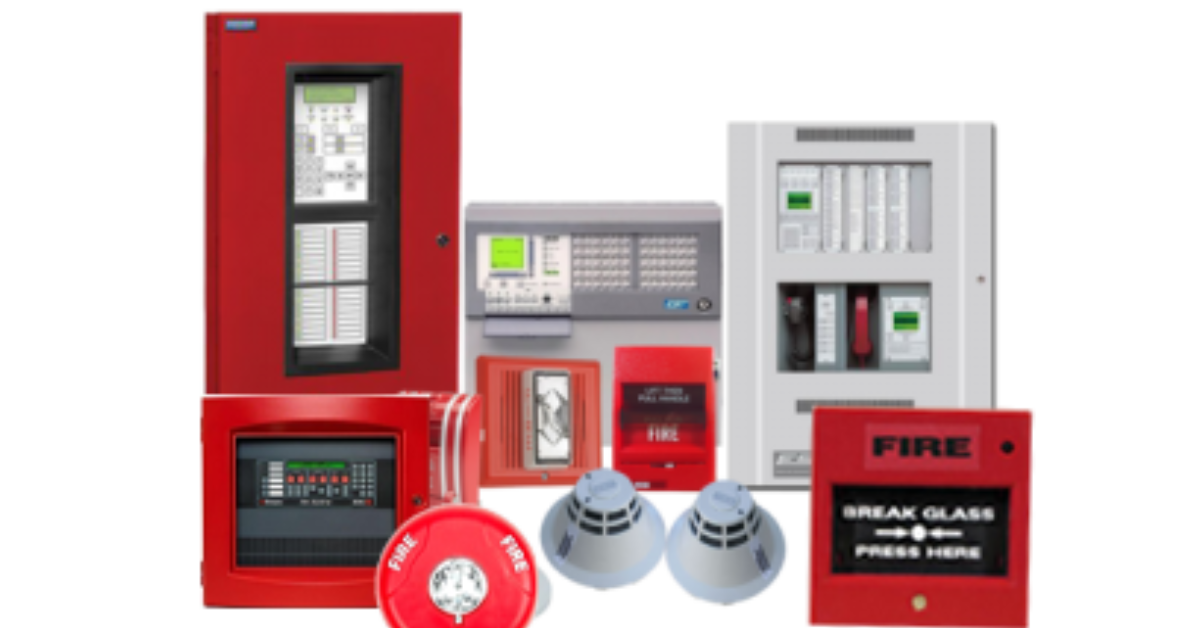![]()
Fire Immuniser
+91-7829629111
Email: info@variex.in
Varistor Technologies Pvt. Ltd.
Block-1, First Floor, Ardente Office One, Hoodi Circle, ITPL Main Road, Bengaluru, Karnataka 560048, IN
How Many Types Of Fire Alarm System
How Many Types Of Fire Alarm System
The importance of a fire alarm system in protecting lives and properties cannot be overstated. These systems have evolved over the years, offering various types of detection and alert capabilities for different kinds of buildings such as homes, offices, factories, and public spaces. Modern fire alarm systems are complex and integrate a variety of features to provide comprehensive protection, but understanding the basics and the different types can go a long way in making an informed decision to ensure safety. This article aims at breaking down the complexities to present an overview of the different types of fire alarm systems.
What is a Fire Alarm System?
A fire alarm system is a set of electric/electronic devices working together to detect and alert people when smoke/fire is present. These alarms may be activated from smoke detectors, heat detectors, or manually via manual fire alarm activation devices such as manual call points or pull stations. Fire alarm systems sound alarms through a siren, a bell or a buzzer, and usually also send a signal to the local fire department. The primary purpose is to protect life by giving an early warning signal, allowing enough time for safe evacuation.
Types of Fire Alarm Systems
Conventional Fire Alarm Systems
Conventional fire alarm systems are the earliest and most basic type. The system is divided into zones, and each zone is wired to the control panel via a dedicated line. When a fire breaks out in a zone, the control panel identifies it but does not pinpoint the precise location due to its basic zone setup. This type of fire alarm system is more suitable for small properties such as small buildings or shops, where identifying the precise location of alarm is not critical.
Addressable Fire Alarm Systems
Addressable fire alarm systems are advanced versions of their conventional counterparts. Each device connected to the system has a unique address on the loop, allowing the control panel to identify the exact location of the trigger. This exact pinpointing capability makes it popular in larger buildings with complicated layouts. The system also allows for integration of smoke detectors, manual call points, and other warning systems, enabling a more organized and effective response.
Analogue Addressable Fire Alarm Systems
Analogue addressable fire alarm systems represent the upper echelon in fire detection tech due to their intricate detection features and advanced capabilities. Each device on the system not only has an address but also communicates a range of data to the control panel. With this data, the system can evaluate the condition of the devices, determine if the alarm condition is valid or a potential false alarm, or execute other advanced functions. Analogue addressable systems are used mainly in large institutions such as universities, hospitals, and large commercial buildings.
Wireless Fire Alarm Systems
Wireless fire alarm systems work similarly to the traditional wired alarms but without the need for cables. The devices communicate with the control panel via radio signals. These systems are advantageous when minimizing disruptions and aesthetics are important considerations–historical buildings, for example–because of the non-requirement of conduit and wiring.
Two-Wire Fire Alarm Systems
The key selling point of two-wire fire alarm systems is their cost-efficiency, simplifying the wiring process. In this system, detectors, and call-points are wired on the same pair of cables, unlike the conventional system where they are wired to separate circuits. This simplification makes the system cheaper and faster to install, ideal for small and medium-sized premises.
Hybrid Fire Alarm Systems
Hybrid fire alarm systems combine the features of both wired and wireless systems. They offer the versatility and precise location identification of wired systems combined with the flexibility and ease of installation of wireless systems. These systems are often employed in large complexes where parts of the building may already have a wired system but need expansion where wiring may be impractical.
Conclusion
Fire alarm systems serve the critical purpose of alerting against fire outbreaks, potentially saving lives and preventing property loss. With the numerous choices ranging from the basic conventional to the advanced wireless and hybrid setups, understanding one's requirements and the benefits of each type is key to making the right choice for effective protection. Each type of fire alarm system has its own strengths and is better suited for certain contexts or building types over others. Therefore, the choice of a fire alarm system should always be made considering the specific needs of the building it will serve.
Explore our products Range
Final Say
At VariEx.in and VariexOnline.com, we specialize in supplying and installing top-quality fire fighting systems and equipment. From fire extinguishers to advanced suppression systems, we offer comprehensive solutions tailored to your needs. Our experienced team ensures precise installation and maintenance for optimal safety.
Trust VariEx for reliable fire protection. Contact us online or call 7829629111 to learn more.
















